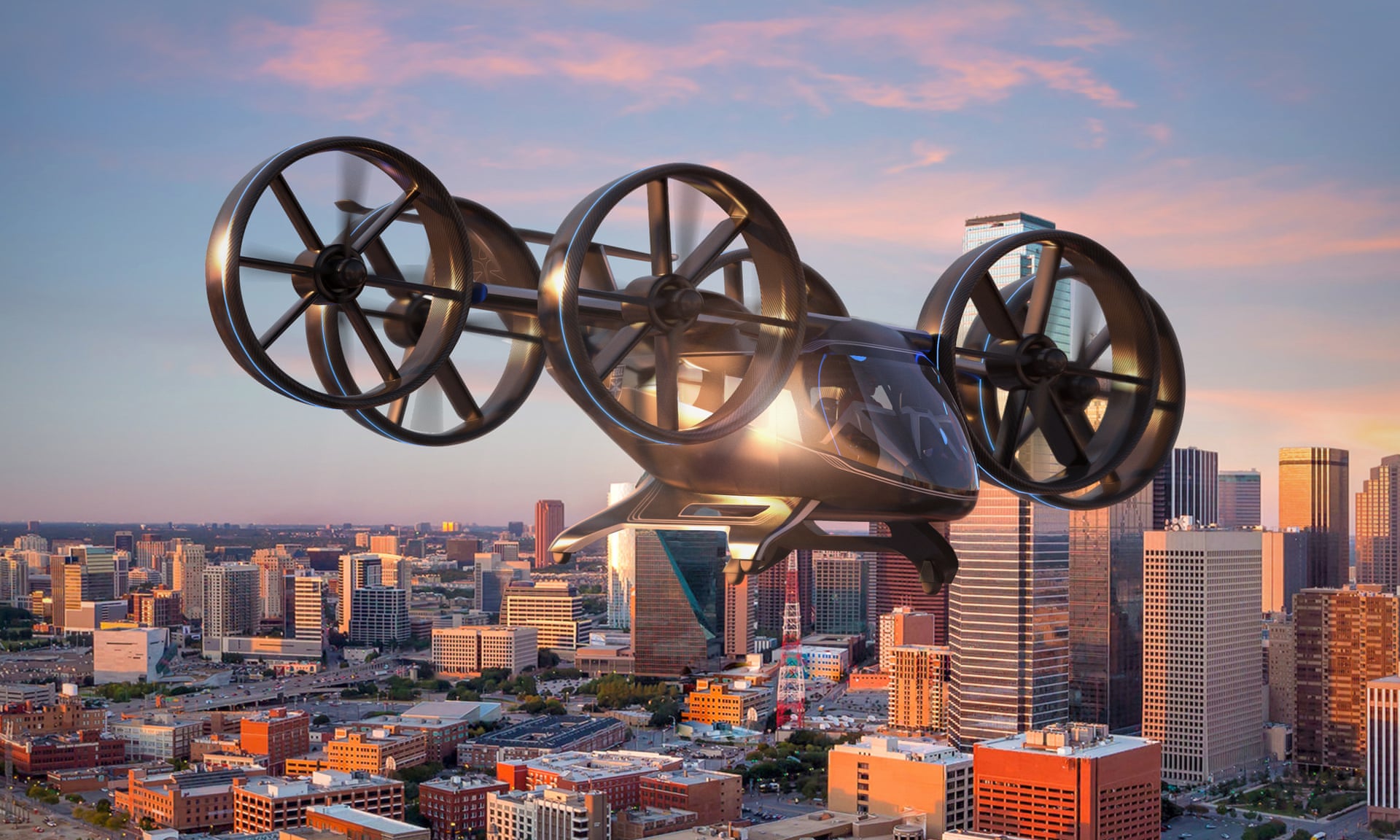When Uber announced its Elevate plan for flying taxis, you could be forgiven for thinking it was a belated April Fools’ prank. Surely, a company already battling yearly operating revenue losses in the billions and losing money on each trip wouldn’t be expanding into transportation modes with operating costs 10 times that of cars. And yet!
Much like hyperloop, which currently remains a tunnel for cars in L.A., the idea of flying Ubers is disconnected from reality. The price estimate is nearly $6 per mile, making a 20-mile trip from the Upper East Side to JFK cost around $120, compared to the current $7.75 combo of the subway and AirTrain. Can someone make money providing helicopter service to the rich? Sure. Is it the mass market a public company like Uber needs? No.
This cost comparison illustrates the problem at hand: Any transportation solution that is inaccessible for the majority of people is not a solution at all. Rather than attempting to improve public transportation or road congestion, flying taxis circumvent the problem for only the richest few.
One of the claims is that, actually, these taxis would be more sustainable than other forms of transportation. And electric helicopters/VTOL (vertical takeoff and landing) aircraft are an exciting new technology! However, left unsaid is how people would arrive at the skyport in order to take the taxis. The first skyport is slated to be built at Frisco Station outside Dallas, a greenfield mixed-use development with zero access to public transportation. That means the only people who could use it either already live there or have to drive — or, in what is likely the planned scenario, take an Uber. The environmental impact as compared to a subway carrying hundreds of people running all the way to the airport, then, is still greater.
Transportation networks of all kinds (rail, bike, car) are effective when they allow for hundreds of different possible trips — and that includes picking up and dropping off passengers on routes when requested, whether that’s via a bus stopping only when requested or at the very least a shared ride service that indicates a meeting point for the passengers. A flying taxi accommodates very few people for a few specific trips. Like hyperloop, in any realistic scenario, it only adds a tiny percentage of capacity to the network, but not enough to make a difference.
The future of transportation depends on expanding the capacity of existing networks like public transit, not flashy private options. Want to fix the trip to JFK airport? Have the MTA expand mobile payments so visitors can instantly transfer from the subway and don't have to wait at a kiosk to buy a special AirTrain ticket. Upgrade subway signage so people know how quickly they can take the A or C train to the airport from most of lower Manhattan. And make it easier for travelers carrying luggage to transfer from a taxi (or an Uber) and use the subway.
It’s true that improvements to existing public transportation infrastructure can be difficult — just look at the two-mile Second Avenue Subway. But that’s not to say we can’t or shouldn’t change the way the system works — it would just require structural change to the way projects are funded and managed.
We need better stories about urban transportation, ones that take the user's point of view. Stories of frictionless urban travel may seem a little less audacious than helicopters and tube networks, but they have a much bigger impact on the quality and sustainability of urban life. After all, if we’re able to suggest flying taxis as an option, is it really unreasonable to suggest reshaping streets to accommodate something besides cars?
Matt Caywood is the CEO and co-founder of TransitScreen, a Washington D.C.-based “smart city” company providing real-time displays of mobility options, such as bus and train times, Uber/Lyft availability, and micromobility options like dockless bikes and e-scooters in public venues and on the mobile app, CityMotion.






